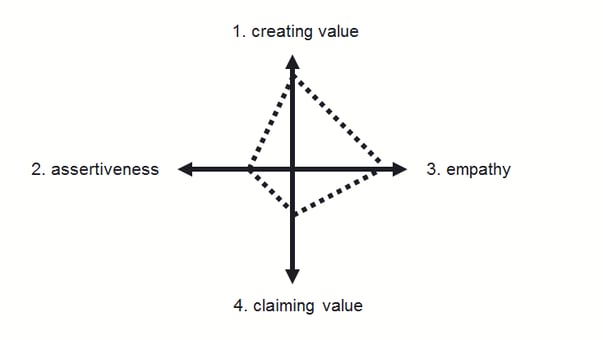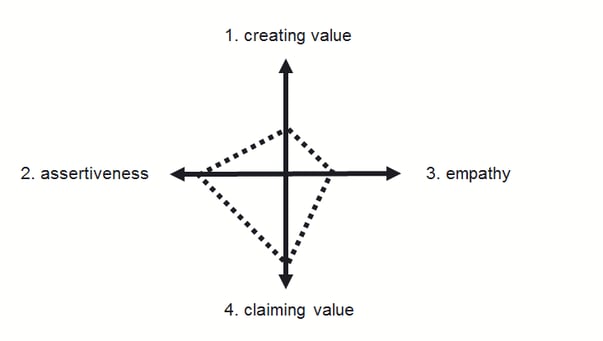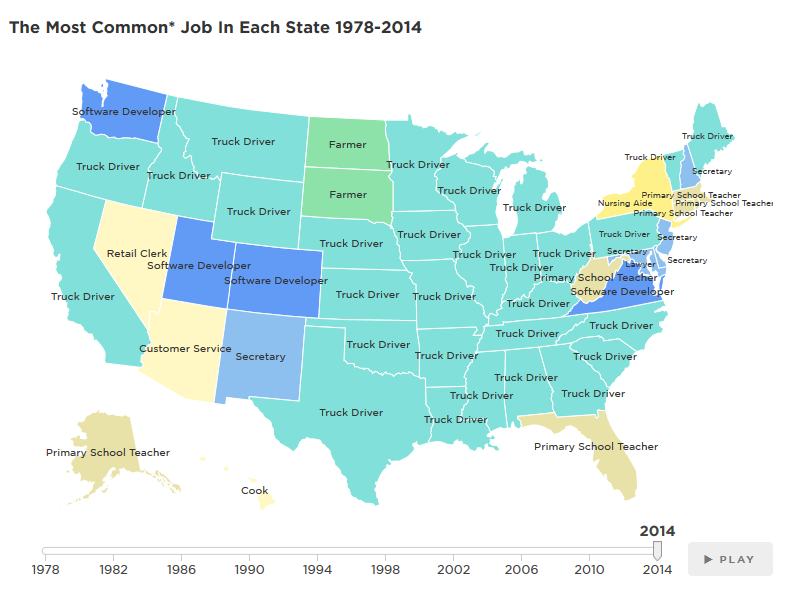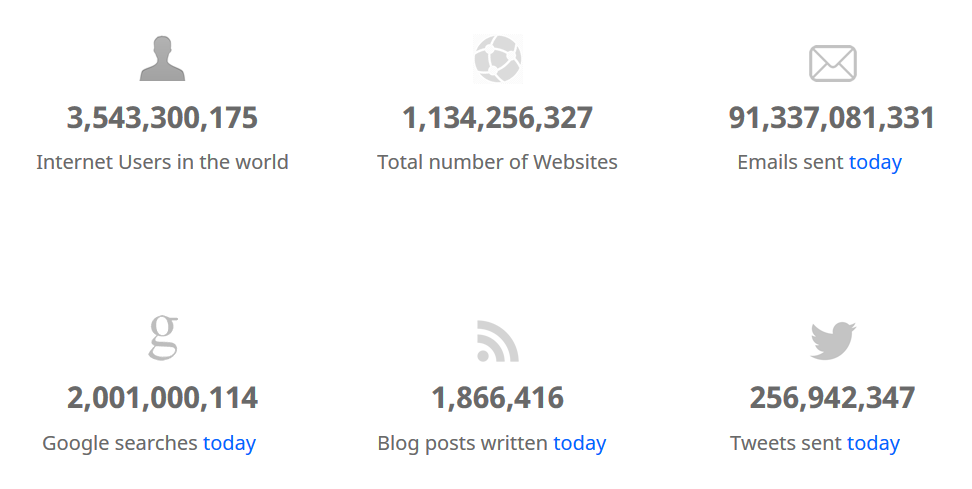
With startups, technology companies, and even century-old corporations moving toward open workspaces instead of private offices, it is no surprise that some employees are less than thrilled with the arrangement. Modernist architects originally devised the open office concept as a way to breed collaboration and increase organizational awareness in the 1950s, but some would argue that it has resulted in frequent interruptions and reduced employee productivity at a time when technology has enabled us to do far more in less time.
While many companies are re-evaluating their decisions to be wall-free, roughly 70 percent of workers in the United States currently report to an open office daily according to the International Facilities Management Association.
Here are five tips to stay productive in an open office environment (even as your co-workers are busy scheduling their dentist appointments and recapping their weekend plans):
1. Invest in good headphones
If your employer allows it, the easiest solution to your productivity woes it to purchase noise canceling headphones. Music can increase focus and headphones often signal that you’re not open to interruption. Prices vary greatly so do your research and find a pair that best fits your needs.
Some employers even have budgets for staff supply requests, so consider asking your employer if they are willing to purchase or subsidize your productivity efforts.
2. Create a routine and stick to it
Establishing and sticking to routine allows you to maximize your time spent in the office. Carve out established times to work on projects and “Office Hours” where you are at your desk and available to collaborate. Discuss your plans with your team and watch yourself chip away at that to-do list you’ve been avoiding all week.
3. Seek out quiet space in the office
With recent studies suggesting open office spaces hinder productivity, companies are beginning to diversify their spaces. If you are fortunate to work in an office that has conference rooms, seating areas, or lounges, be sure to seek these spaces out when you need interruption-free time away from your desk to complete your work. If you do not have designated spaces like these, be sure to step out of the office for coffee or lunch to help refresh your mind and refocus.
4. Discuss your work style with your team and manager
It is no secret that everyone has different work styles. While some may be okay getting tapped on the shoulder when absorbed in a task or can completely tune out conversations and background noise, others may find this brings their work flow to a halt. Open communication can help avoid unproductive resentment or frustrations with co-workers who may have different work styles.
When joining a team or working for a new manager, be sure to let them know how you prefer to work. Similarly, it makes sense to revisit the topic when someone new joins your team so you can reaffirm or adjust team norms. By discussing work styles openly, you can strengthen relationships with your co-workers and have more productive work days.
5. Set boundaries
The most important open office productivity tip is to set boundaries. Set boundaries for when you are going to socialize with you co-worker about weekend plans. Set boundaries around the lunch hour as a mid-day break enabling afternoon focus. Set boundaries on what hours you are open to holding meetings. While you may feel cold turning away someone who has come to you looking for an answer, the biggest detriment to work flow is allowing others to determine how you spend your time.
Evaluate your company’s culture, and see if placing a “Do Not Disturb” sign on your desk or asking someone to come back later makes sense while you are chipping away on a project. Pop in your headphones and let your team members know you need the next hour to complete a task.
You will find that setting boundaries allows you to be more productive. You may even end up with more time to get to know your co-workers or schedule that dentist appointment you’ve been avoiding.
About the Author
Stephanie Jones is HBX's Business Operations Specialist. She onboards new HBX team members and enjoys serving as a team resource for all things operations. Stephanie graduated from Bryant University’s International Business Program in 2015 and aspires to work internationally in the future. When she’s not welcoming new team members and arranging staff events, Stephanie can be found on the Cape enjoying the beach or hiking in Vermont with her two terribly behaved terriers.



































